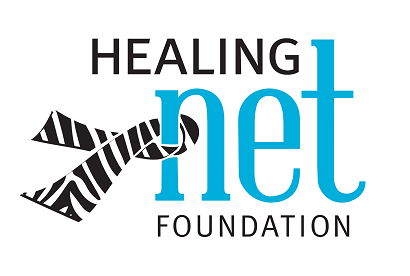Systemic (SSA, Chemo, etc) Treatment and COVID 19
Systemic (SSA, Chemo, etc) Treatment and COVID 19
The risks and benefits of medical interaction have fundamentally changed for our patients right now. With each interaction there is an increased risk to our patients of COVID 19 infection, and there is also an increased risk of spreading the virus to other people, who in this case are also likely to be vulnerable and/or older cancer patients.
Therefore, the patient and doctor together need to ask if that added risk to both the individual patient and everyone else at the cancer center or clinic that day is worth the benefit in their specific situation, such as:
For some patients who travel to a specialized center for their therapy, this may mean that the additional benefit of expert radiologists and imaging review by their NET specialist may be outweighed in the short term by the risks of travel and exposure to the density of a large center. While we have historically advised that a face to face encounter with a NET specialist who can review your images with the support of their own radiologists is ideal, this may not be true for all patients right now. Telemedicine may be the best option. For some patients, a compromise where imaging is performed at the large center but the specialist visit occurs by video may be optimal.
For patients with low-volume, asymptomatic NET, this may mean deferring treatment and for a few months while the pandemic passes.
For patients who do require therapy, careful assessment is required as to the risk/benefit of each treatment in light of the evolving situation with COVID 19. The small but known risk of everolimus to the lungs (pneumonitis) may require additional consideration for some patients. Similarly, the immunosuppression of temozolomide, which was associated with some lung infections using older dosing regimens, may lead to different treatment recommendations at this time. Finally, the number of necessary visits to cancer centers/clinics for blood draws and clinic appointments may need to be weighed against the relative benefits of any given strategy.
In other words, NET treatment has always been highly individualized, and now it is even more so. A patient and physician consult (possibly through a virtual meeting) is crucial to make these decisions. Many NET patients may receive recommendations that minimize their visits to cancer centers. This will minimize the risks to the individual NET patients as well as our society as a whole, allowing us all to contribute and #flattenthecurve.
Daniel Halperin, MD, Oncologist, University of Texas MD Anderson Center
More on Daniel Halperin and University of Texas MD Anderson



